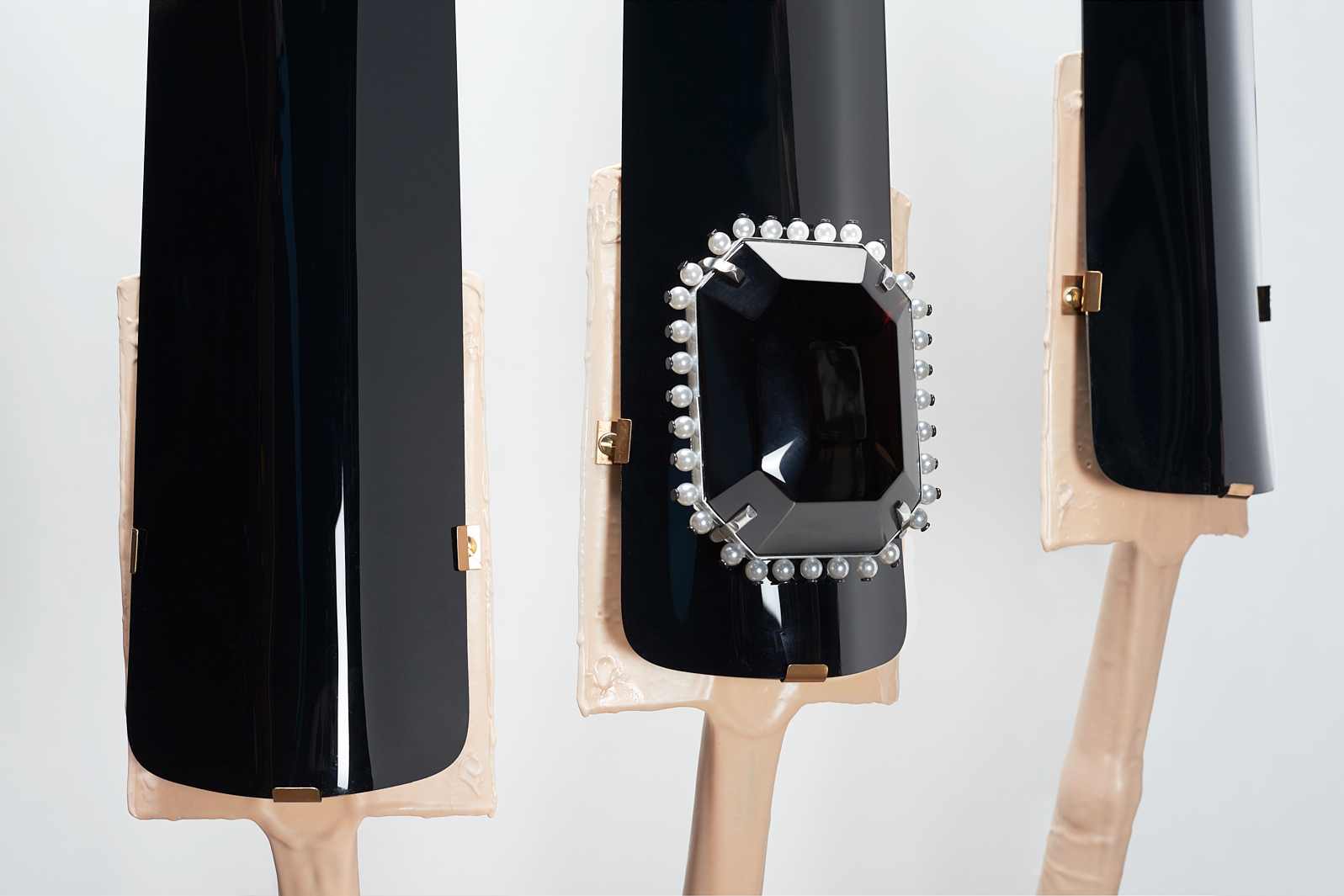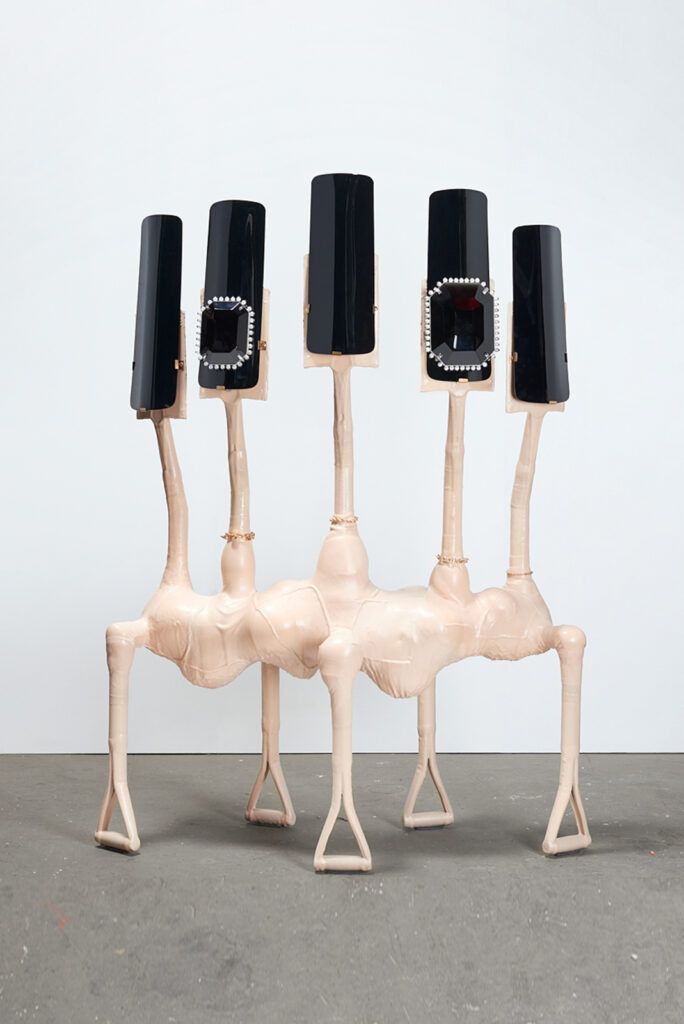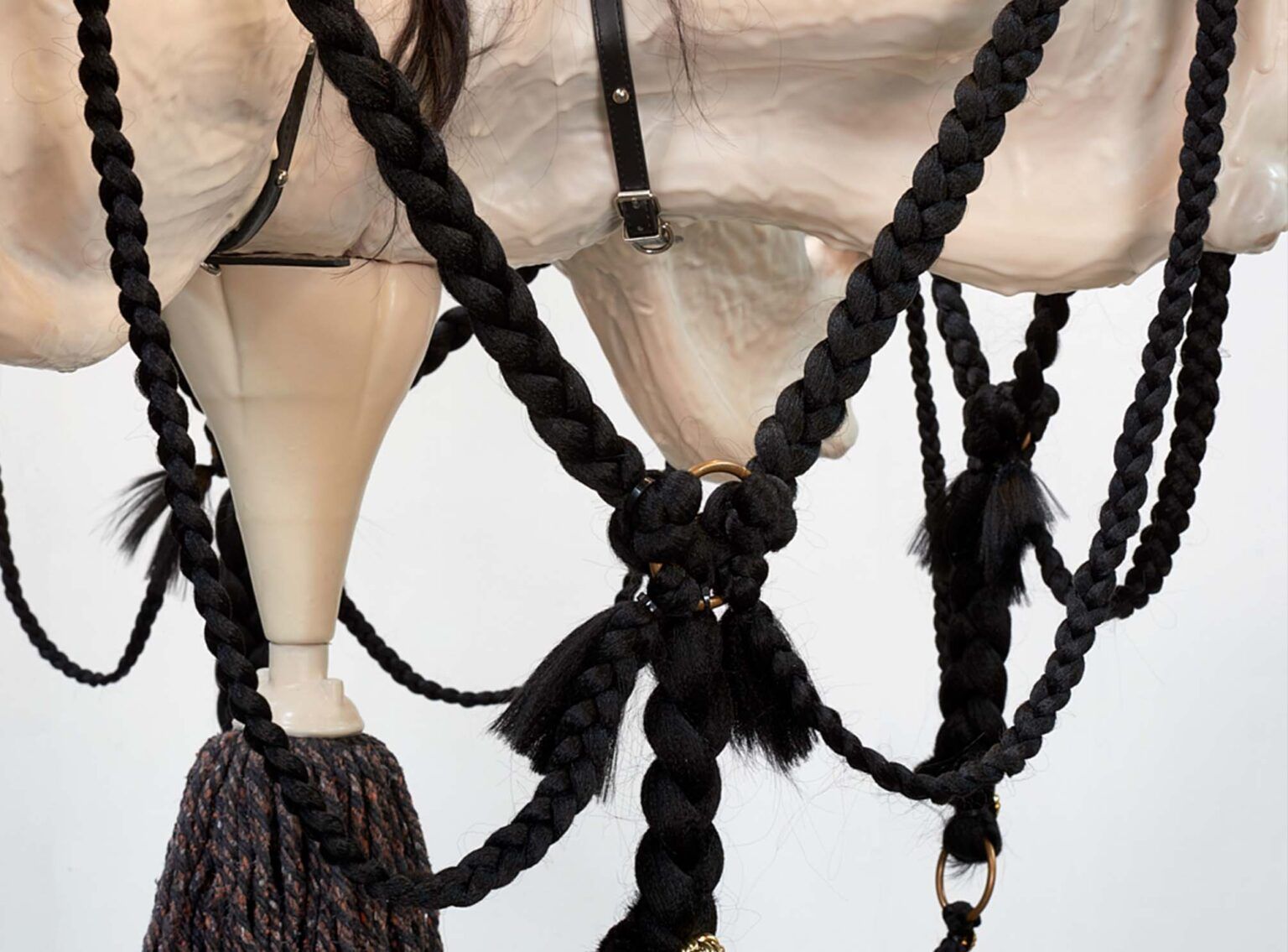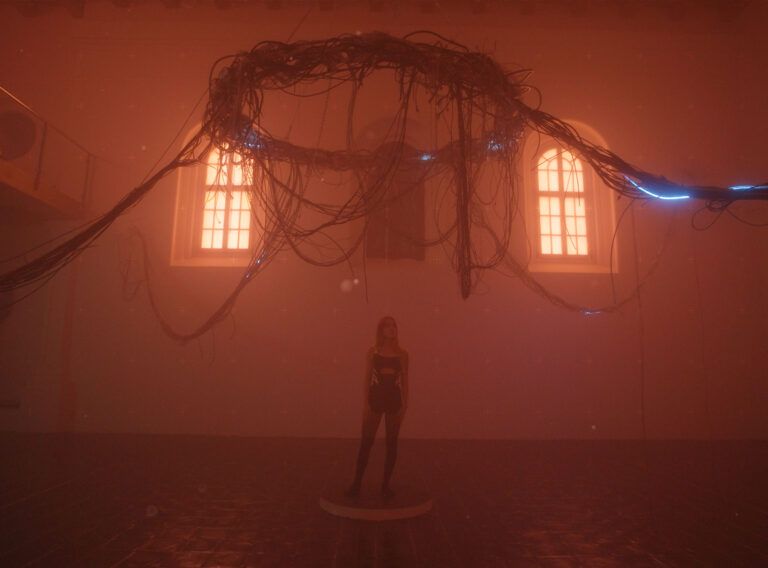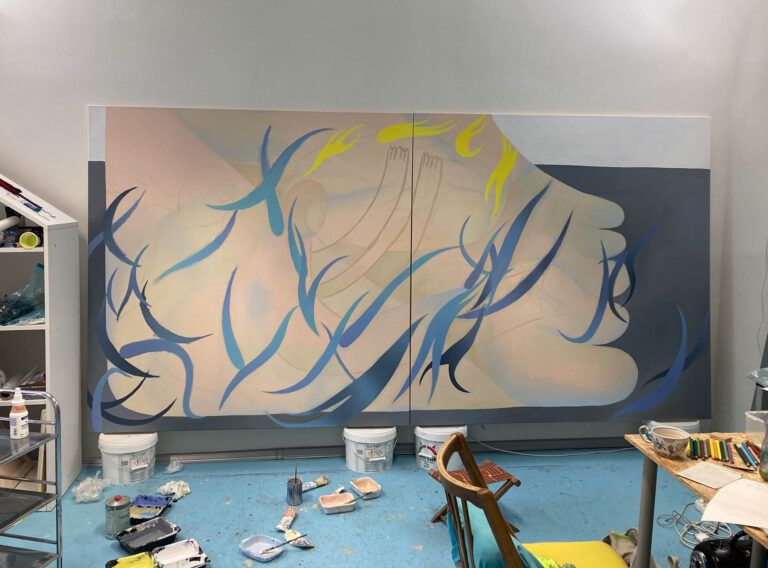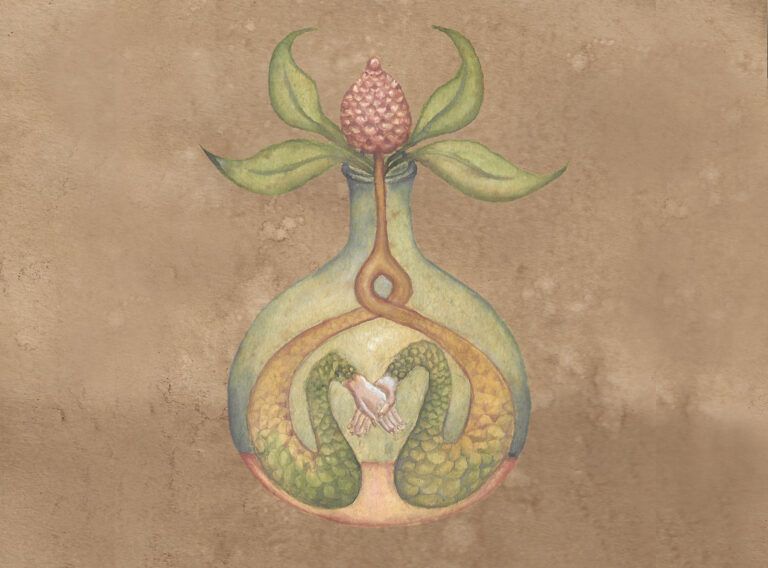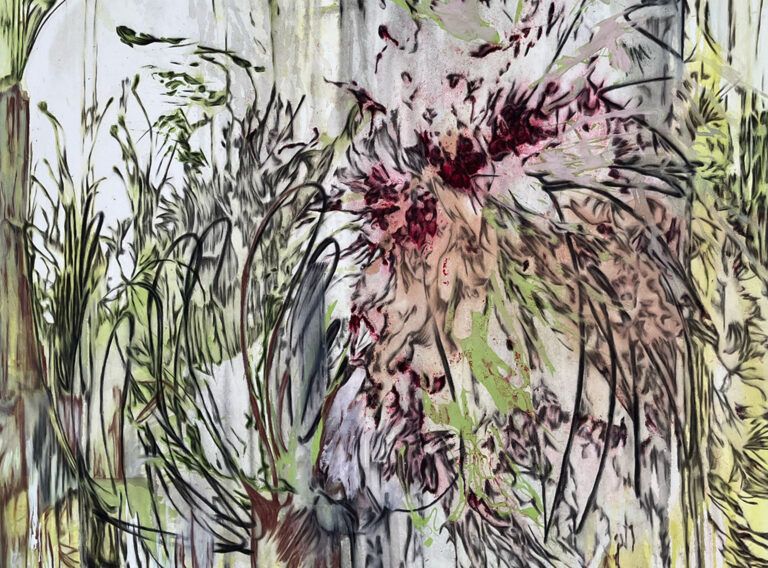“Mutant” aims to fulfill, explain, and show the creator’s desires and dreams that have met obstructions due to societal expectations of his gender.
Growing up in Korea, Dae always felt as if he was a mutant, an aberration from the heterosexual norm. He decided to turn shame into pride, by making mutants that proudly display his hitherto secret desires. As a man, he always felt inferior in terms of beautification. So when he designed these mutant objects, he represented himself with objects that are usually considered uninteresting and inferior, and mutated them into ones that are grandiose and superior to encourage people to consider the implicit boundaries around gender that exist in different cultures and societies around the world.
SIRI

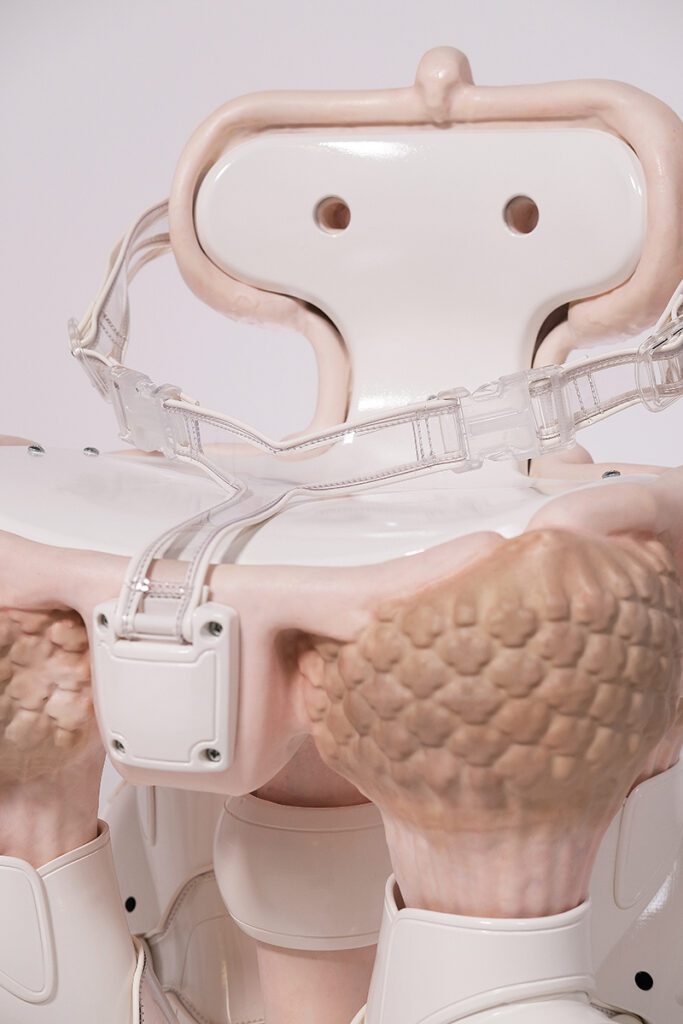
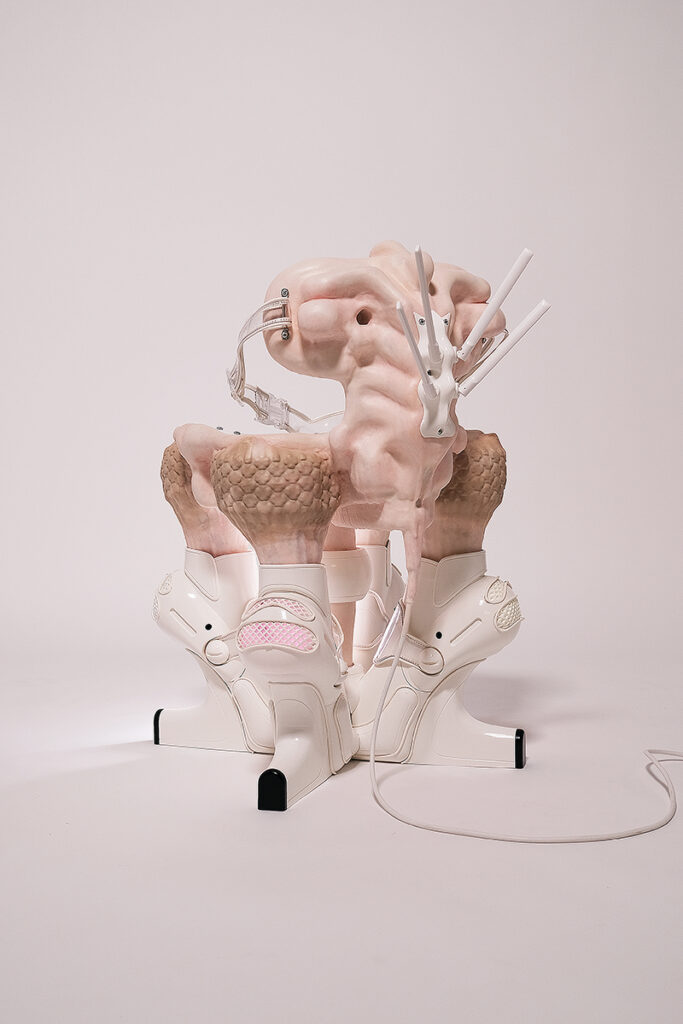
SIRI, ELEKTRA and JENNIE show my desire for wearing high heels. Elektra and Siri are chairs, and Jennie is a console whose tires mutated into a chair or console wearing high heels. The tires represent my feet which are always stuck to the ground. And the tires wear high heels. High heels are objects that not only make people taller, but also add confidence and elegance. They then turn into a chair, which not only supports a person’s body, but also shows high status and power.
ELEKTRA
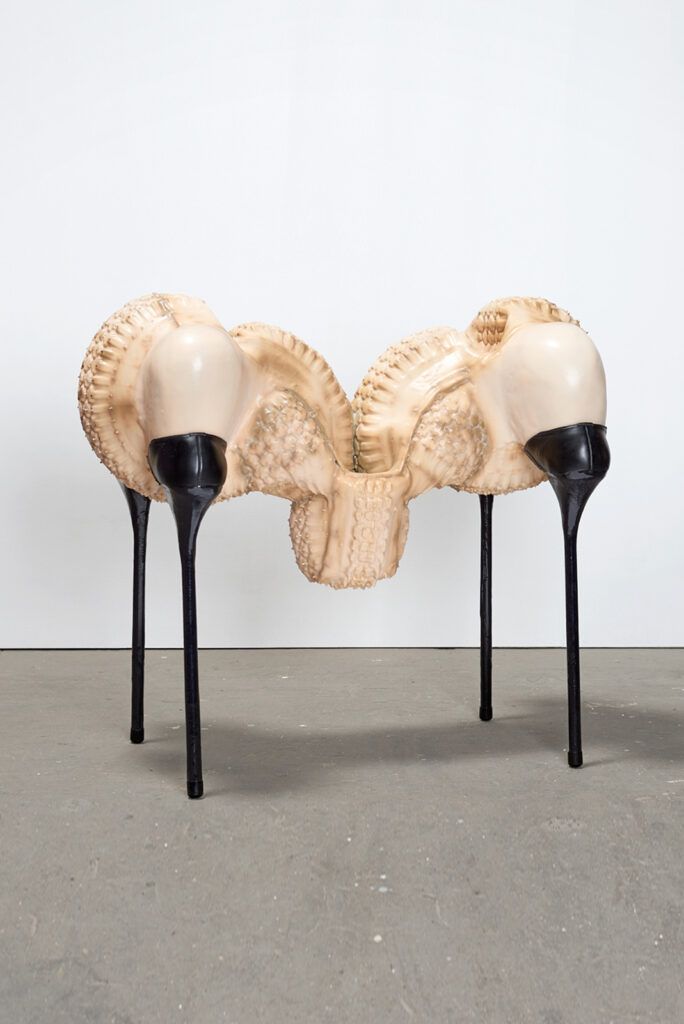
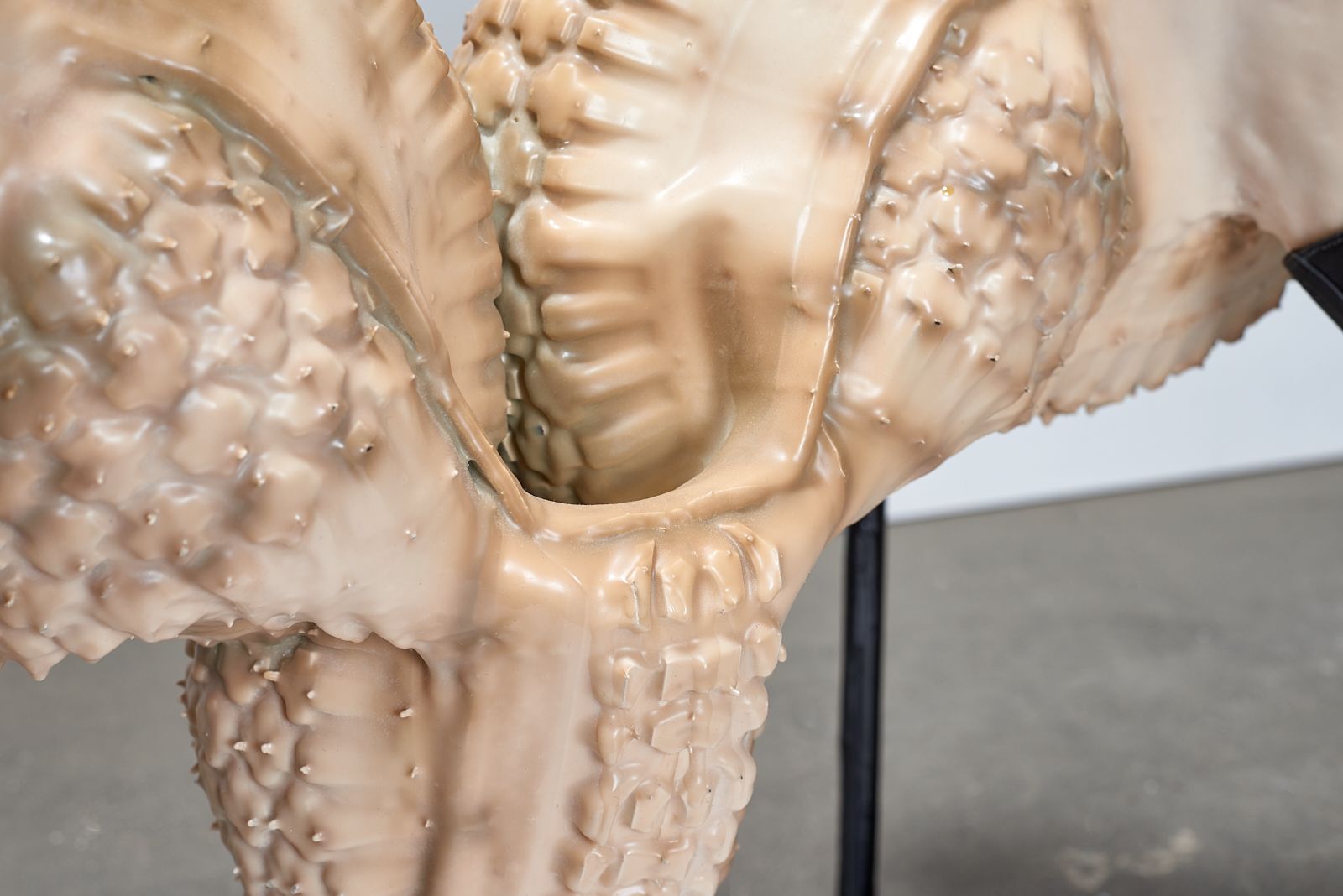
JENNIE
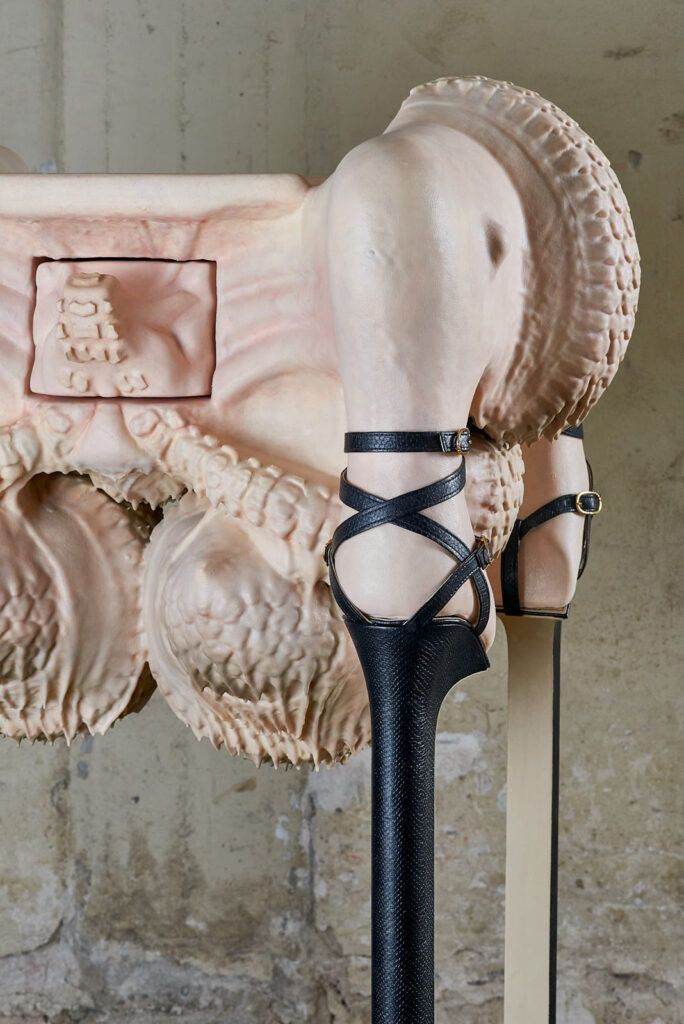
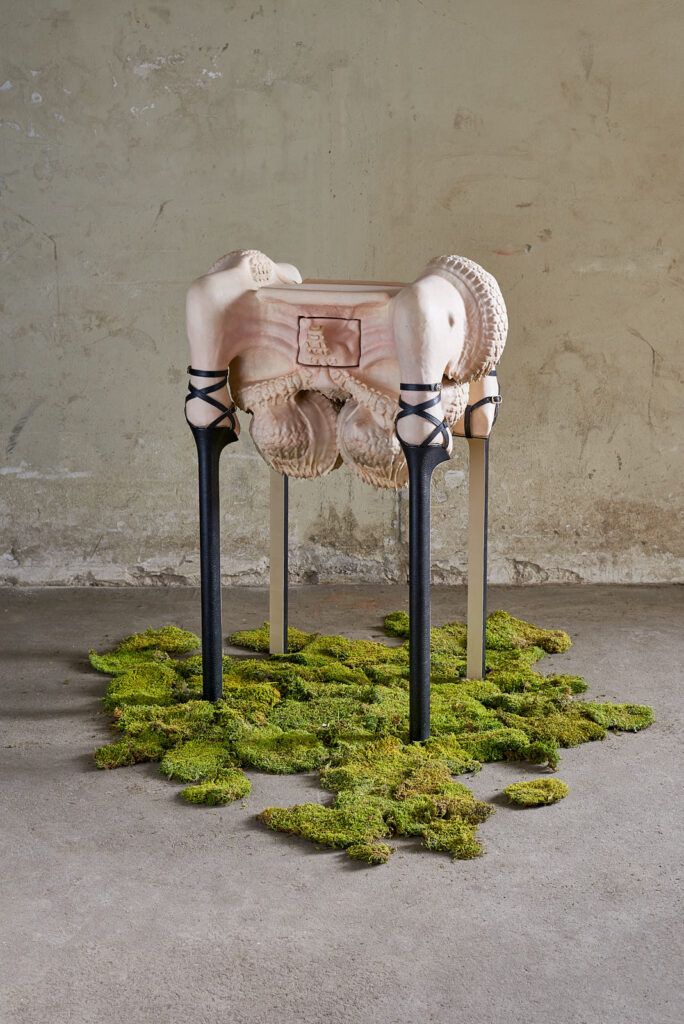

GAGA
GAGA shows my desire to play with long hair. Mops mutated into a chandelier by extending their hair and decorating it. The mop represents the short hair which I was always forced to have in Korean society (throughout middle school, high school and military service). Here the mops extend their hair and decorate it to escape the fate of cleaning the dirty floor and are gorgeous like the fancy chandelier above.
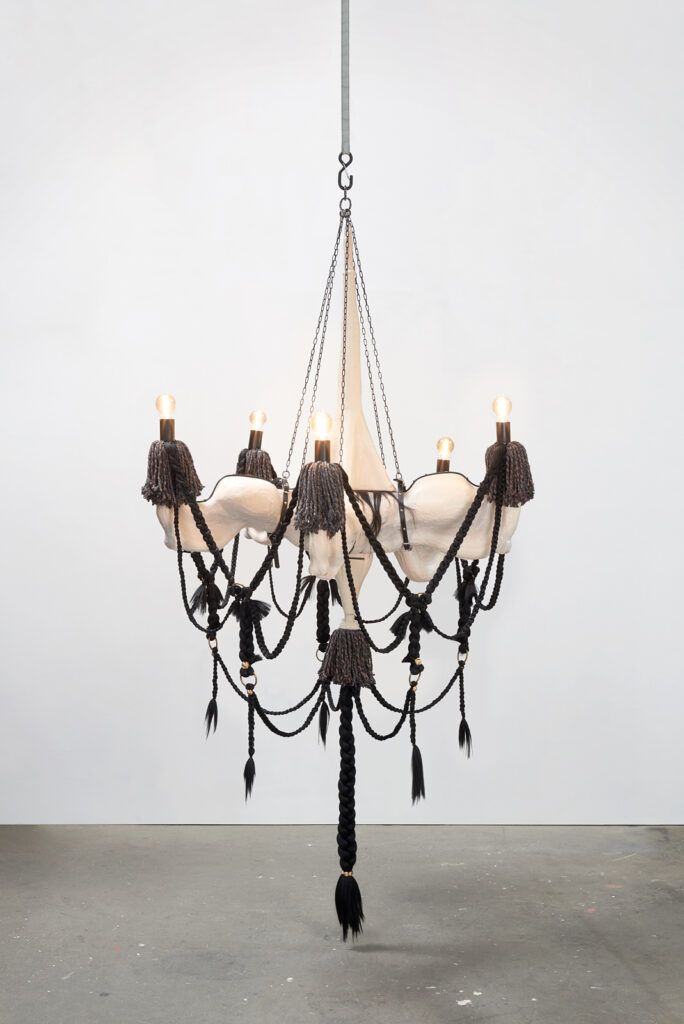
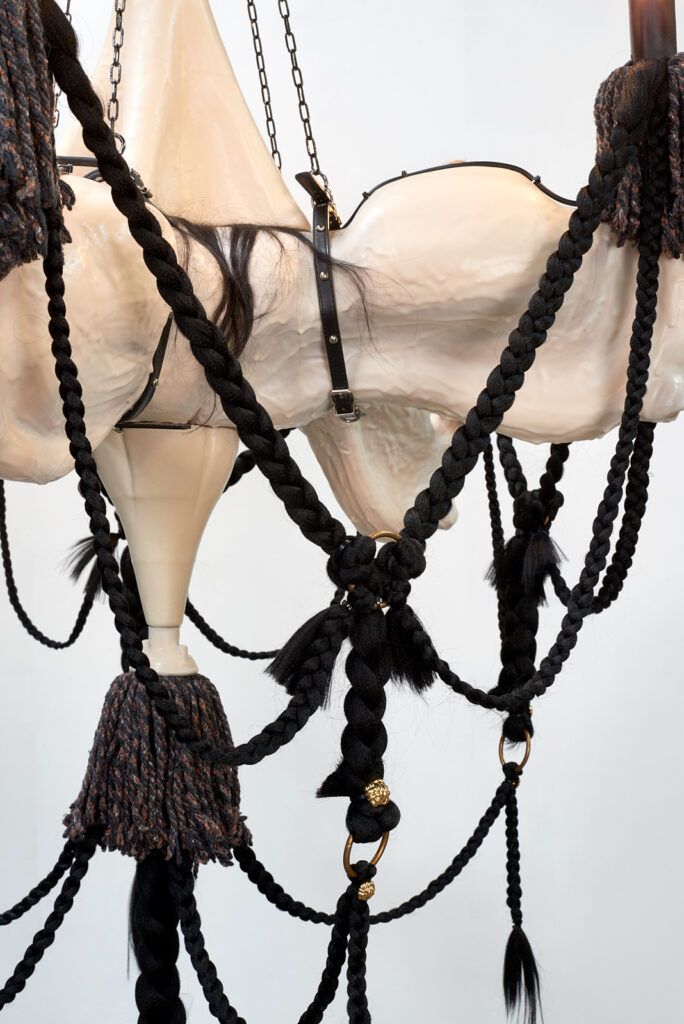
BOM
BOM shows my desire for nail art. Shovels mutated into a mirror with extending, polishing and deco-rating their nails. The shovels represent my nails, which are always just short, clean, and ready to work. The shovels have nail art. Nail art, which makes them lose their function to work efficiently but creates a new function, through being observed in their beautiful decoration and sculpting, providing pleasure. Then, they turn into a mirror that represents self-reflection, desire, and satisfaction.
